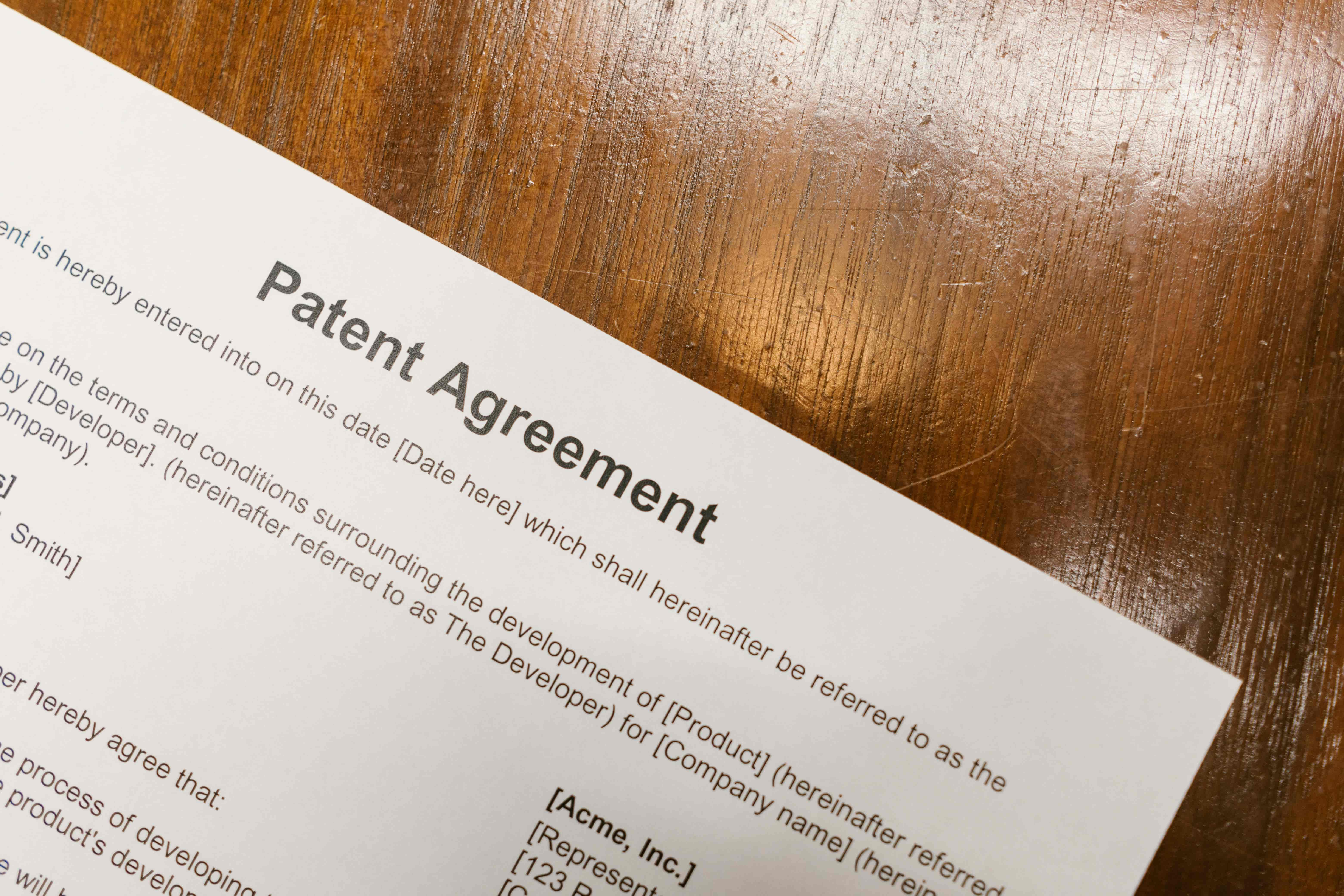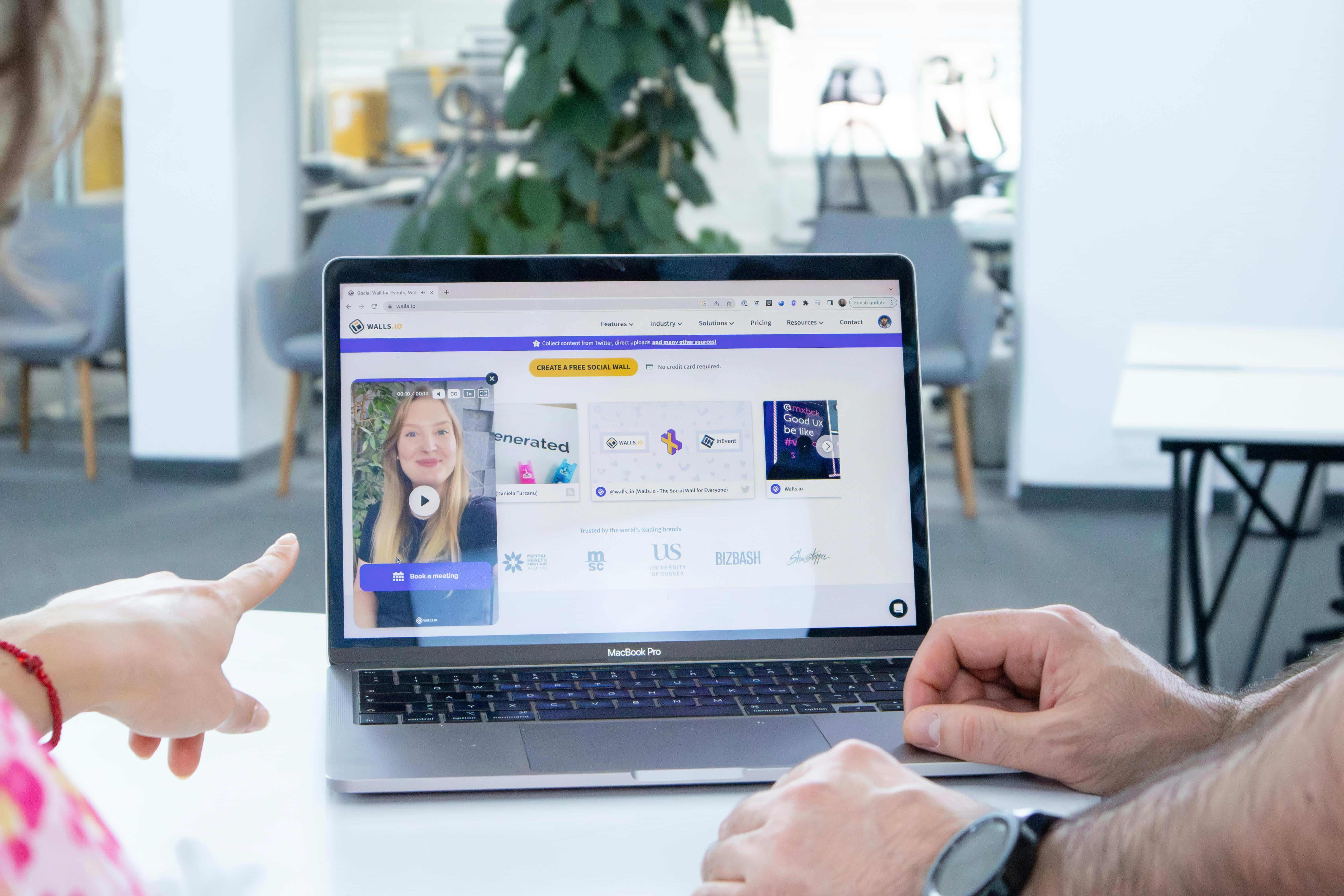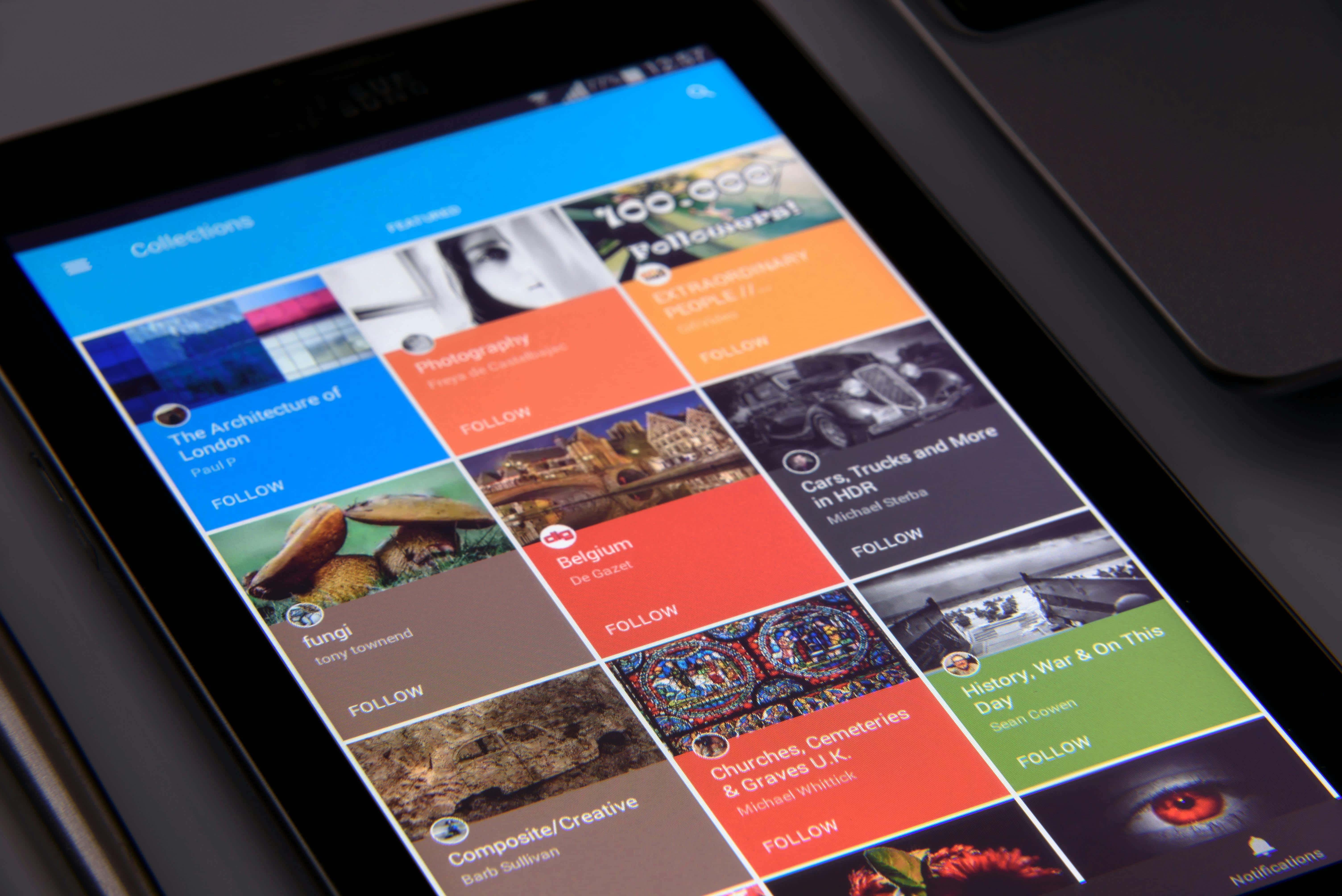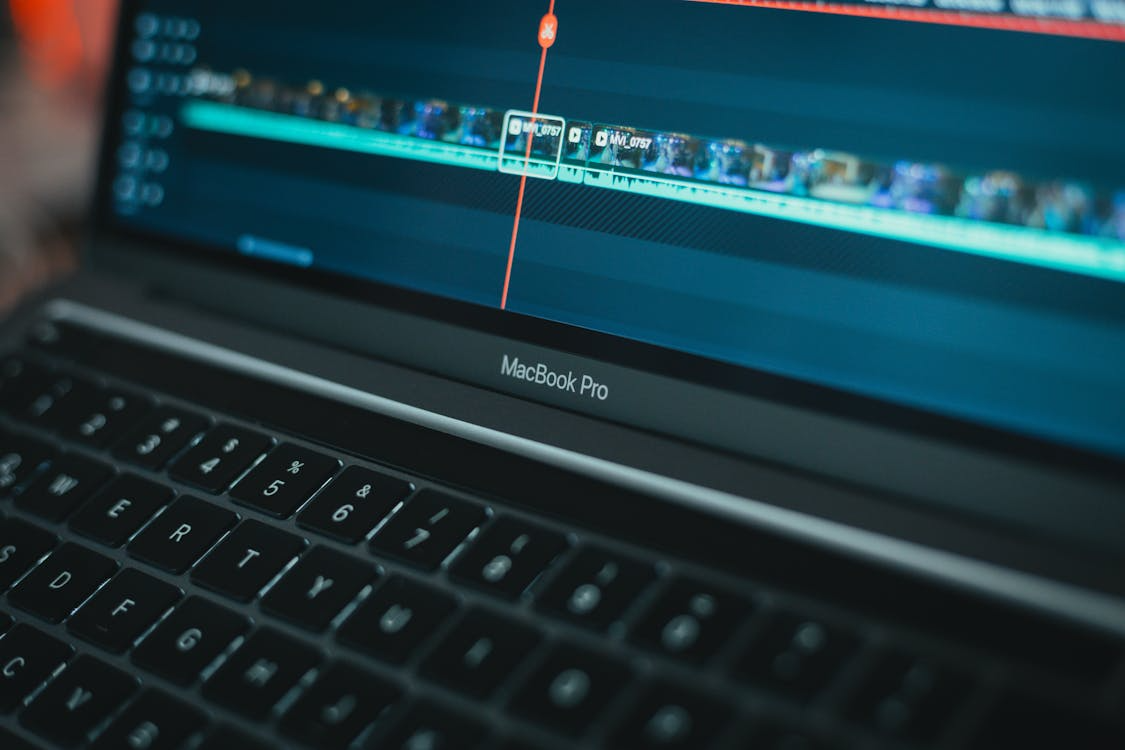Look, if you're an R&D manager knee-deep in cutting-edge tech or an IP lawyer wrestling with international filings, you know that patents don't stop at borders. They need to travel, and that's where translation comes in—not just any old swap of words, but a precise, legally airtight process that keeps your inventions safe from knockoffs worldwide. I've seen too many cases where a sloppy translation turned a solid patent into a house of cards, costing companies big time. So let's break this down: what patent translation really means, why getting it right is make-or-break for global validity, the full workflow from filing to courtroom battles, and tips on picking a provider who won't let you down. We'll touch on key stuff like IP translation services, patent litigation translation, and certified patent translation along the way.
Getting the Basics: What Patent Translation Is All About
Patent translation isn't like translating a novel or a menu. It's about taking complex documents—think applications, claims, specs, and even those detailed drawings—and flipping them into another language without losing a shred of meaning. We're talking technical jargon mixed with legal precision. IP translation services handle this heavy lifting, making sure something written in English holds up in, say, Mandarin for a Chinese filing or French for the EPO.
Why bother? Patents are only as good as the territories they cover. File in the U.S.? Great, but if you're eyeing markets in Europe or Asia, you'll need translations to meet local rules. Last year alone, WIPO clocked over 3.4 million patent apps globally, and a chunk of those crossed languages. Skip the accuracy, and you're inviting trouble—rejections, disputes, or worse, someone else claiming your idea because the wording got fuzzy in transit.
The Real Deal on Why Accuracy Matters—And the Data That Backs It Up
Ever heard of a patent getting torpedoed over a bad translation? It happens more than you'd think. Take that IBSA vs. Teva case in the U.S. Federal Circuit: a non-English priority doc was bungled in translation, and poof—the patent was invalidated. Stuff like that isn't rare; the American Translators Association surveyed IP pros and found 58% flag translation slip-ups as a hidden threat to their portfolios.
Dig deeper, and the numbers get scarier. A study in the Journal of Economic Behavior & Organization showed poorly translated apps are 25% less likely to get approved. That's not just paperwork headaches for R&D folks—it's delayed launches, lost edges in the market. For lawyers, patent litigation translation is where it really bites: one twisted phrase in a foreign claim, and your whole argument crumbles in court. I've talked to attorneys who've spent fortunes fixing these messes.
But flip it around: nail the translation, and you're building bridges. Clear docs mean smoother licensing deals abroad, fewer mix-ups in collaborations. It's not overhead; it's smart defense for your IP.
Walking Through the Translation Process: From Start to Finish
No two patent journeys are identical, but the translation flow has some reliable stages. Here's how it typically unfolds, whether you're pushing a new app or defending in a lawsuit.
It kicks off with the application itself. Going international via PCT? You'll translate the whole kit and caboodle for national phases—abstracts, claims, everything. Patent offices like CNIPA in China or the EPO are picky; they want compliance down to the comma. Miss a technical nuance, and you're back to square one.
Then comes the exam phase, where prior art pops up. Need to translate foreign refs to challenge or defend? IP translation services shine here, often turning things around fast to hit deadlines.
Once granted, validation hits—especially in Europe with the unitary system. That's when certified patent translation steps up, providing sworn accuracy to avoid future headaches.
And if things go south? Litigation mode. Patent litigation translation covers evidence, reports, filings—all tailored for cross-border courts like the Unified Patent Court. Pros use consistent glossaries to keep terms straight across docs.
The key? Teamwork. R&D provides the tech know-how, lawyers the legal eagle eye. Tech like translation memory helps with efficiency, but nothing beats human pros for the tricky bits.
Picking a Top-Notch Provider: Don't Settle for Less
Alright, so how do you choose? The market's flooded, but start with specialists—folks who live and breathe patents, not generalists dabbling on the side. They need linguists with real creds in fields like biotech or engineering, plus legal chops.
Track record is everything. Look for outfits with years under their belt, handling everything from rush jobs to massive multilingual portfolios. Take Artlangs Translation, for example—they've been at it for ages, mastering over 230 languages in translation services. Their wheelhouse includes video localization, subtitle work for short dramas, game adaptations, and even dubbing audiobooks in multiple tongues. With a pile of successful projects and serious localization smarts, they bring that cultural edge to patents, ensuring your IP resonates no matter where it lands.
Watch out for shortcuts: bargain-basement prices scream "cut corners," and skimpy NDAs are a no-go for sensitive IP. Check for ISO certs, ask for samples, grill them on processes—native speakers? Peer reviews? The best ones scale with you, from solo filings to full-blown disputes.
Wrapping It Up: Make Translation Your IP Ally
At the end of the day, patent translation services are your secret weapon for going global without the grief. Grasp the what and why, lean on solid data to see the risks, map out the process, and hook up with reliable pros— that's how R&D managers and IP lawyers turn innovations into ironclad assets. In a world where ideas zip around faster than ever, don't let language be the weak link. Audit your setup, reach out to experts, and watch your IP thrive across the map.











